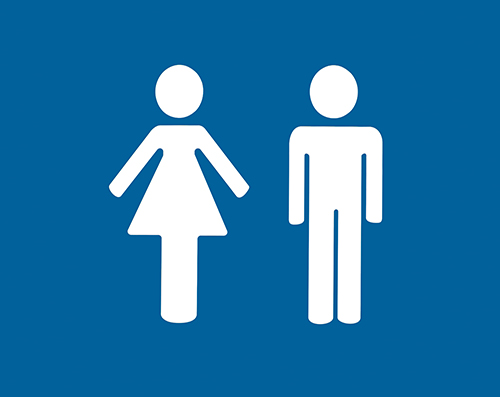Scenario: Painful toilet visits
In Team Training
Follow this topic
Bookmark
Record learning outcomes
Kim O’Connell has asked for a quiet word with pharmacist Parveen and tells her it really hurts when she goes to the toilet...

“When I’m actually passing a stool, it hurts so much that I could cry, and afterwards it aches down below for a few hours,” Kim tells Parveen. On questioning, Kim says it has been going on for a few weeks and there is bright red blood. She also thinks she is going to the toilet more often. What can Parveen tell Kim?
Answer
The most likely diagnosis for Kim is an anal fissure, a tear or ulcer in the lining of the anal canal: the pain and bright red bleeding she describes are typical of this condition.
However, Parveen should ask a few more questions about her bowel habits, as Kim has implied that her stools are looser than normal and if the bleeding is rectal rather than anal, she should be referred to be checked for lower gastrointestinal cancer.
If Parveen is confident that it is an anal fissure – although visiting the GP for a physical examination to confirm the diagnosis is a sensible idea – there are several things she can recommend:
- Ensure stools are soft and easy to pass by eating a balanced diet that includes whole grains, fruit, vegetables and adequate fluids
- Manage pain if needed by using simple analgesia. Opioids should not be used as they can cause constipation and exacerbate symptoms, but sitting in a shallow warm bath after bowel movements may provide some relief
- Practise good anal hygiene by keeping the area clean and dry, and avoid both withholding stools and straining during movements.
Lidocaine ointment applied to the area before passing stools, or glyceryl trinitrate ointment used twice daily for six to eight weeks, are prescription options.
The bigger picture
Anal fissures are common and can occur at any age, but more so in those aged 15-40 years, and during and immediately after pregnancy.
An anal fissure is regarded as acute if it is present for less than six weeks. Some occur secondary to other problems – constipation, pregnancy and childbirth are the commonest but others include inflammatory bowel disease, a sexually transmitted infection (e.g. HIV or syphilis), colorectal cancer, pruritus ani, psoriasis or an infection, anal trauma such as that caused by surgery, sex or abuse, and drugs including opioids, nicorandil and various chemotherapy agents – while the underlying cause of primary anal fissures is unsure.
Embarrassing as sufferers may find the condition, it is important they seek help, as complications can include faecal impaction, the area worsening to develop into a chronic or recurrent fissure or anorectal fistula, or becoming infected.
Quality of life can deteriorate, particularly for those with chronic or recurrent anal fissures. Secondary care treatment options include topical diltiazem, botulinum toxin injection and surgery.
